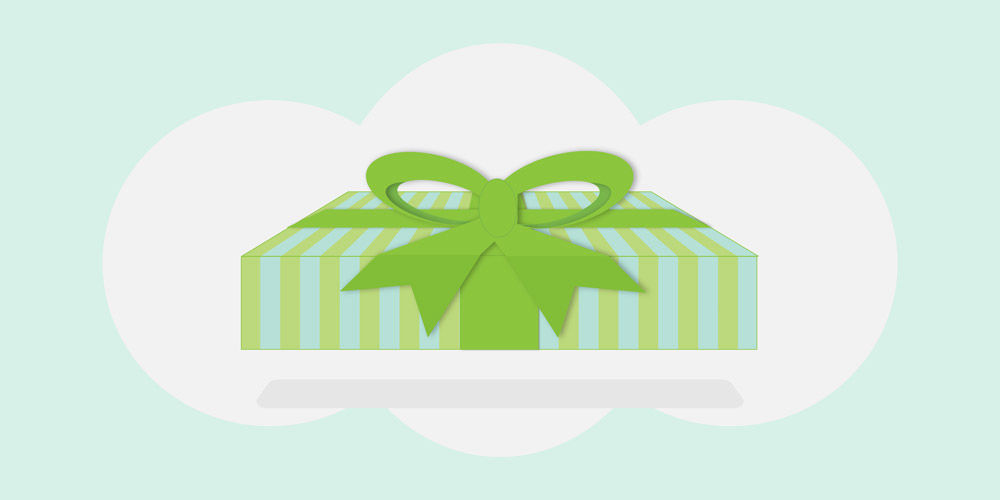all know a gift wrapping expert — and we all know someone who could use a little folding guidance. With the holiday season upon us and gift-giving hitting high gear, the following steps can smooth out the kinks in your gift-wrapping process and make that next batch of presents to go under the tree look better on Christmas morning.
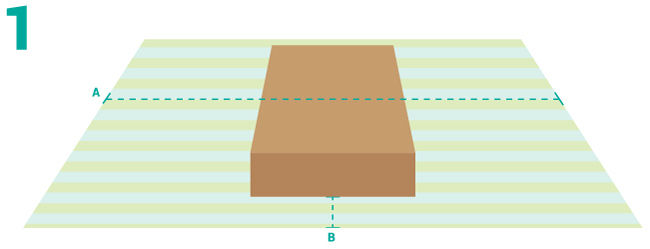
(A) Lay your package out on the gift wrap and make sure you have enough to wrap around the present with a couple inches of overhang.
(B) Also be sure you have enough at each end to cover the ends of the box.
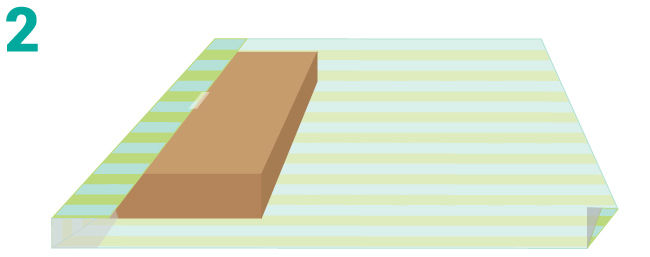
Slide your package to one side. Pull the gift wrap up around the side of the present and fold the edge up and over the corner. Tape it down for added security.
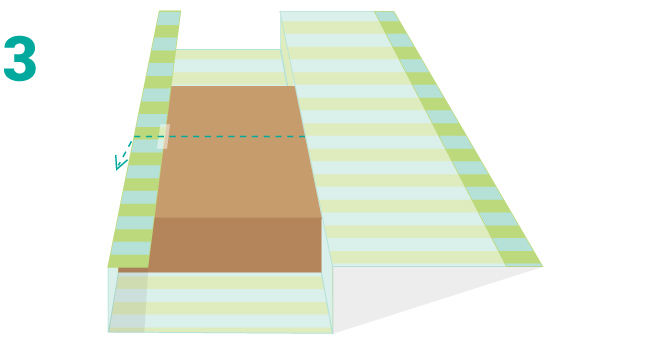
Wrap the other side of the gift wrap snugly around the present, folding it over the box. Run your fingers along the corner to score the paper. Open the wrapping back and crease the fold.
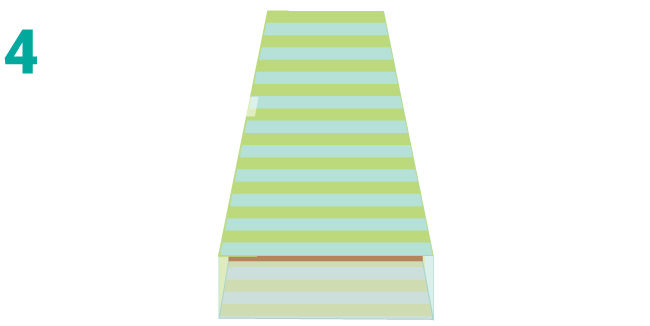
Tape the folded edge down. Using double-sided tape will keep the present looking clean. The edge should line up exactly with the corner of the box.
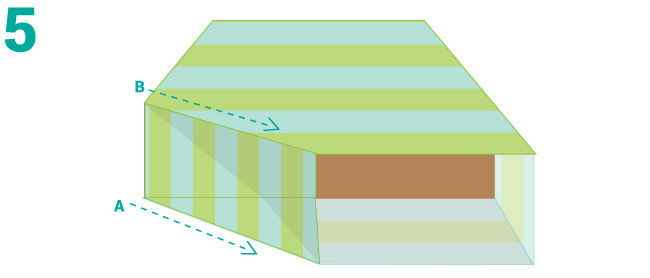
Tightly fold the left side against the box.
(A) Starting in the bottom corner, crease the paper moving away from the box.
(B) Repeat and crease from the top corner.
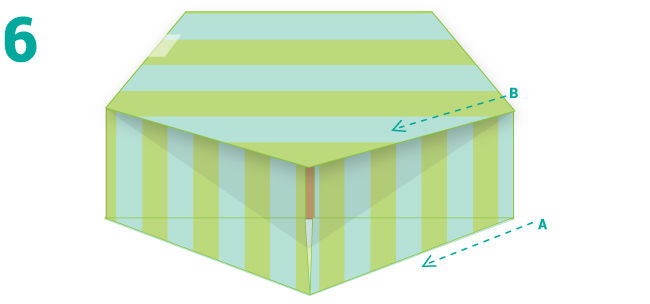
Repeat step 5 on the right. Tightly fold the right side against the box.
(A) Starting in the bottom corner, crease the paper moving away from the box.
(B) Repeat and crease from the top corner.
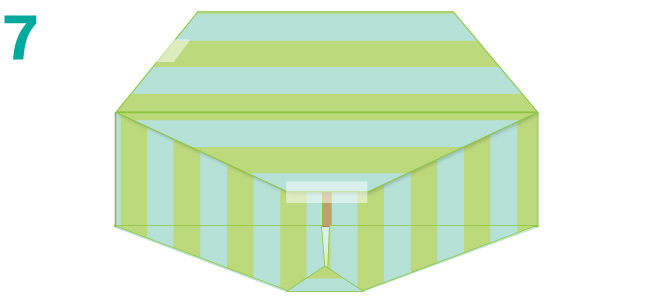
Fold the top flap under to create a clean edge and tape it down to the box. Fold the bottom flap to create a clean edge. Aim to have the bottom flap run to the middle of the box. You may need to trim extra paper off each flap to remove bulk.
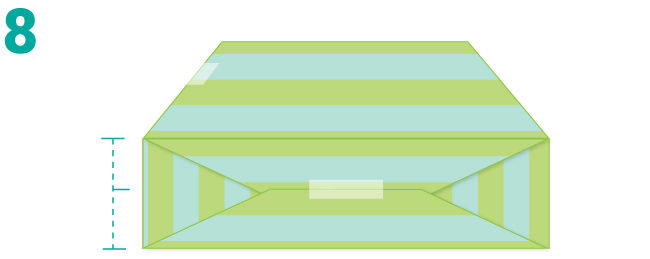
Fold the bottom flap up to the middle of the box and tape.
Master the "Envelope Fold"
Sterile Processing runs a lean operation, delivering millions of instruments to University of Utah Health’s procedural teams. This clip highlights the "envelope fold," which allows surgical teams to remove the protective wrapping on sterile items using only one hand.
Who would have thought that holiday gift wrapping would have such a practical health care application?
Happy wrapping!
Marcie Hopkins
To celebrate the New Year, Value Engineer Mitch Cannon applied statistics to weight loss. He was quickly reminded of an important lesson that applies in health care: when you’re trying to improve, don’t overreact to data.
Balancing uncertainty, fear, and emotions isn’t easy — especially in health care. Family practice physician Kyle Bradford Jones looks outside of his practice to identify two common biases that affect how we behave in the face of perceived risk. His key insight? The risk that isn’t directly in front of us may be mistaken for no risk at all.
It’s part 2 of 4 in our series on process mapping. This post is about the reasons to build a process map. They’re inexpensive and so very often bear fruit for your effort.
